1. Characteristics and Advantages of Mesh Networking Communication
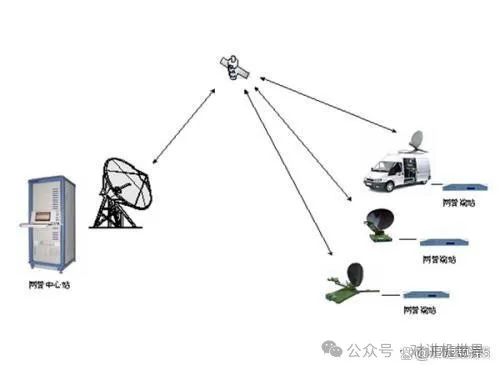
2. Limitations of Traditional Communication in Emergency Scenarios
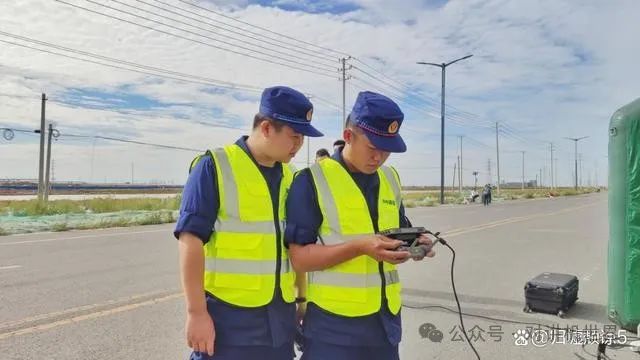
(1) Infrastructure Damage
(2) Signal Congestion
(3) Insufficient Coverage
3. Application Examples of Mesh Networking Communication in Emergencies
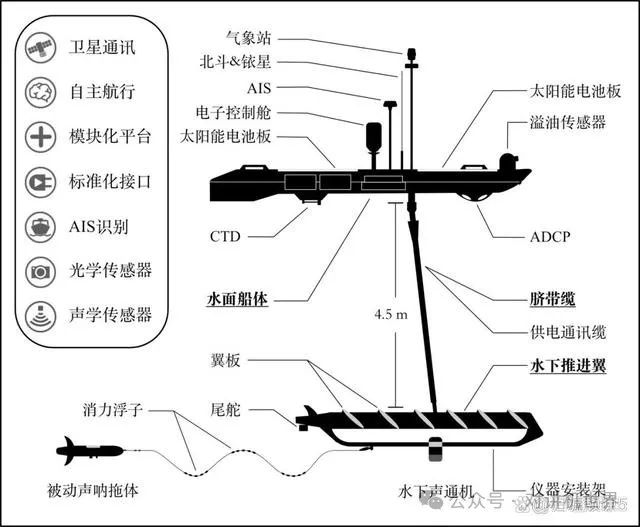
(1) Applications in Fire Rescue
(2) Applications in Geological Disaster Rescue
(3) Applications in Urban Complex Building Rescue
4. Enhancing Emergency Efficiency with Mesh Networking Communication
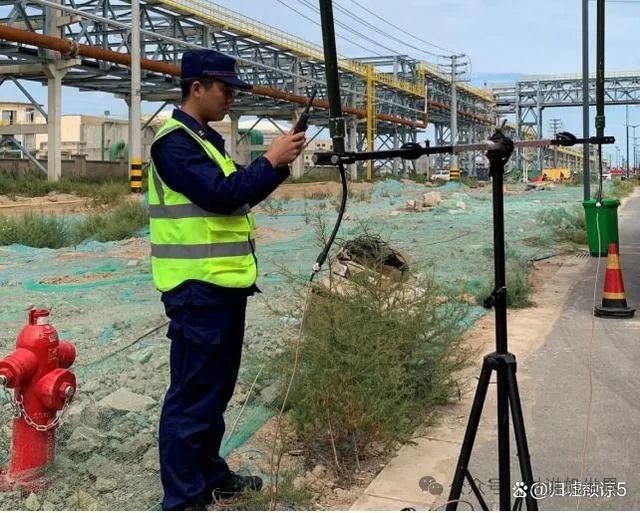
5. Future Development and Prospects
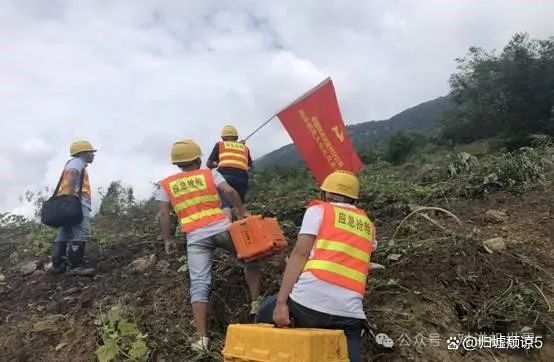
(1) Technology Integration
(2) Device Miniaturization and Portability
(3) Enhanced Security
(4) Optimizing Network Protocols
(5) Improving Energy Efficiency

● Our army’s new type of individual integrated combat system begins to equip troops, high aesthetics and strong performance!
● PRC-2090: The core soldier-borne radio of the US military and NATO’s field mobile communication system
● The power of TETRA technology is not just for walkie-talkies!
● Inspired by the shape of a police badge: a design proposal for a police walkie-talkie
